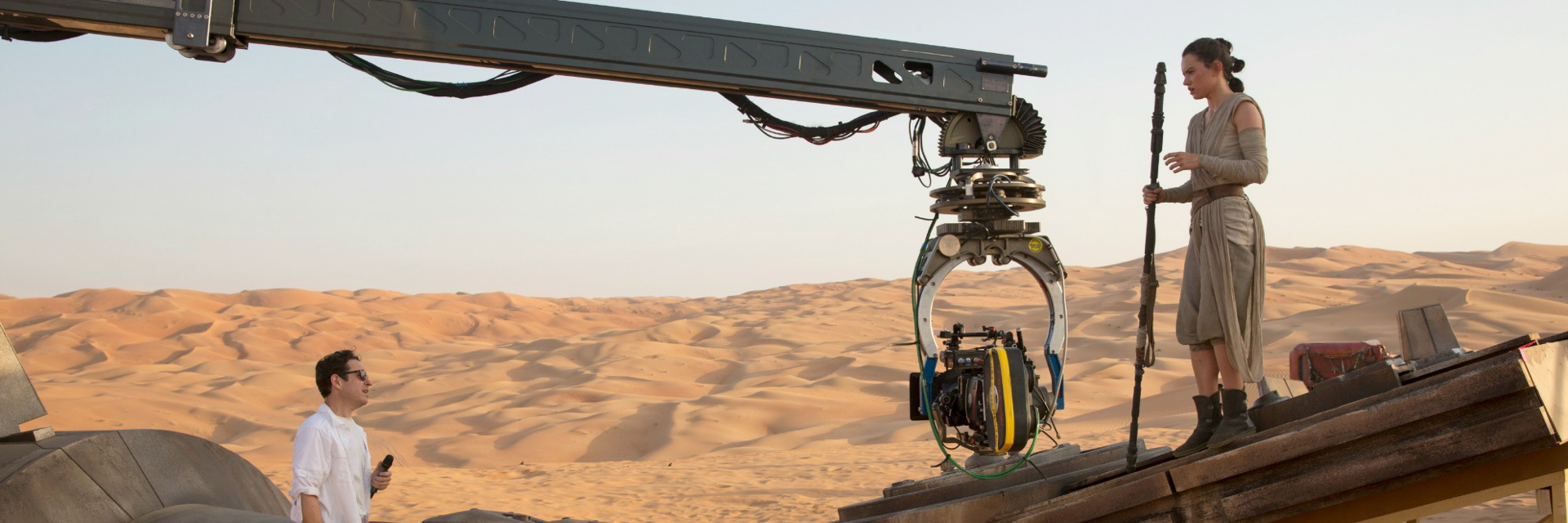By Zahava Aroesty
(Covering ShoWest in Las Vegas at the Paris Hotel from March 15-17 on special assignment for 3DHollywood.net)
Technicolor demonstrated its new low-cost solution to allow 35mm film projectors to display 3D movies to theater owners gathered here at ShoWest on Wednesday, March 17.
Although theatre owners have agreed that 3D is the wave of the future and has revitalized theatre sales, its costly to upgrade film projectors and screens to digital systems. Technicolor is offering a short-term alternative to bridge the gap until more theatres can invest in digital.
Joe Berchtold, President of Technicolor Creative Services, showed a demo of their new 3D system that enables exhibitors to attach a dual lens module to their standard 35mm film projectors to permit 3D exhibition. He said the analog film technology is similar to the one based on red and blue glasses that’s been around for 50 years, but uses circular polarization to provide the image to each eye.
Technicolor 3D is a new system for 35mm projectors, enabling exhibitors to equip theatres for high-quality 3D at a much less than the cost of installing a digital cinema projector and additional 3D equipment. Technicolor 3D utilizes a new split-lens for projectors and over-under film prints created with patent-pending digital processes to optimize the motion picture image for 35mm 3D projection.
The pricing model features a “pay-as-you-go” business model that has proven particularly attractive to theatre owners in mid-size and small-size markets where the cost to convert to digital projection may be difficult to justify. The cost of the Technicolor 3D is $2000 per movie with a cap of six movies per year. This amounts to a maximum total cost of $12,000 per screen per system for a typical exhibitor. However, the theatre owner also has to purchase a silver screen, which is required for the Technicolor 3D system due to the type of polarization.
“Technicolor 3D offers exhibitors a high quality solution at a low cost of entry, and helps get the industry past the current shortage of 3D screens,” said Berchtold.
“This is a win-win for exhibitors and studios that will generate immediate additional revenues from greater attendance and 3D ticket premiums, and provide a bridge solution to the digital transition.”
Berchtold said market tests last year during the release of Warner’s “Final Destination 4” proved the system satisfied consumers who gave it high marks as compared to viewers of digital projection.
Berchtold said that Technicolor now has 150 screens across North America using this system in the run-up to the March 26 bow of the Paramount/DreamWorks’ “How to Train Your Dragon” and the April 2 debut of Warner’s “Clash of the Titans,” both of which will compete for a limited number of 3D screens.
Most theatre owners in the audience at ShoWest were impressed by the Technicolor demo. “The live action quality was not as visible,” said a consultant for The Crystal Plaza, a small theatre in Ottowa, Kansas, population of 20,000. “However, the animation was fantastic and is a good short-term solution for small owner/operations than can’t afford to invest in digital.”
Another start-up company composed of longtime industry execs, Oculus, is also offering a film-to-3D conversion solution for theater owners.
Some theatre bookers expressed concern that film-based 3D systems will turn off the audience by offering inferior images.
“In order to give viewers a true 3D experience, the projection system should deliver a sharp life-like image with bright colors for an enhanced viewing experience. One concern among exhibitors and studios is that a lower resolution presentation may discourage theatre patrons by exhibiting inferior quality. Each time you project a movie, you erode the quality of the film stock. This can impact the viewing experience and give consumers a poor impression of 3D,” said Frank Stirling, a digital cinema consultant.

Relative to Mr.Stirling’s comments, he is correct in his comments about quality., however, there was, and may still be a method to get around part of the problem.
Several years ago a master projectionist , Tom Ogburn, developed the Tomakote film protectant, which did allow release prints to play for a longer period of time. and with less visible wear on-screen. Not only was it great for color release prints, additionally the process was used for the B&W release of “Schindler’s List” – and it held up throughout the relatively long release of the film. It has always been my understanding that many of the prints came back for storage or other disposition in perfect condition. After Ogburn passed away, his daughter took over the process; but with with multitude of film releases in multiplexes – there was an uncertaintly in the business as to the longevity of a given release, so the studios’ for the most part avoided it.
In the 1980s, Ogburn applied his process to a print of “Comin At Ya!” at the Century City Plitt Theatres and it played without a hitch. Because it also allowed the print to lie flatter in the film gate, depth of focus was improved. There may be a variation of this process available for exhibition and perhaps the studios intending to go 35mm 3D should take another look this time around.